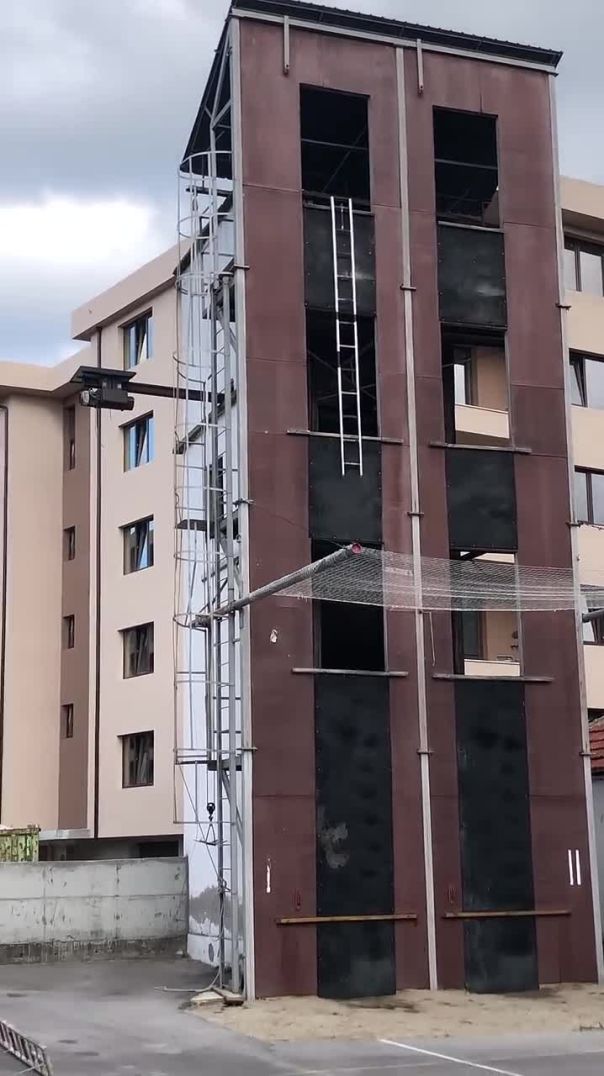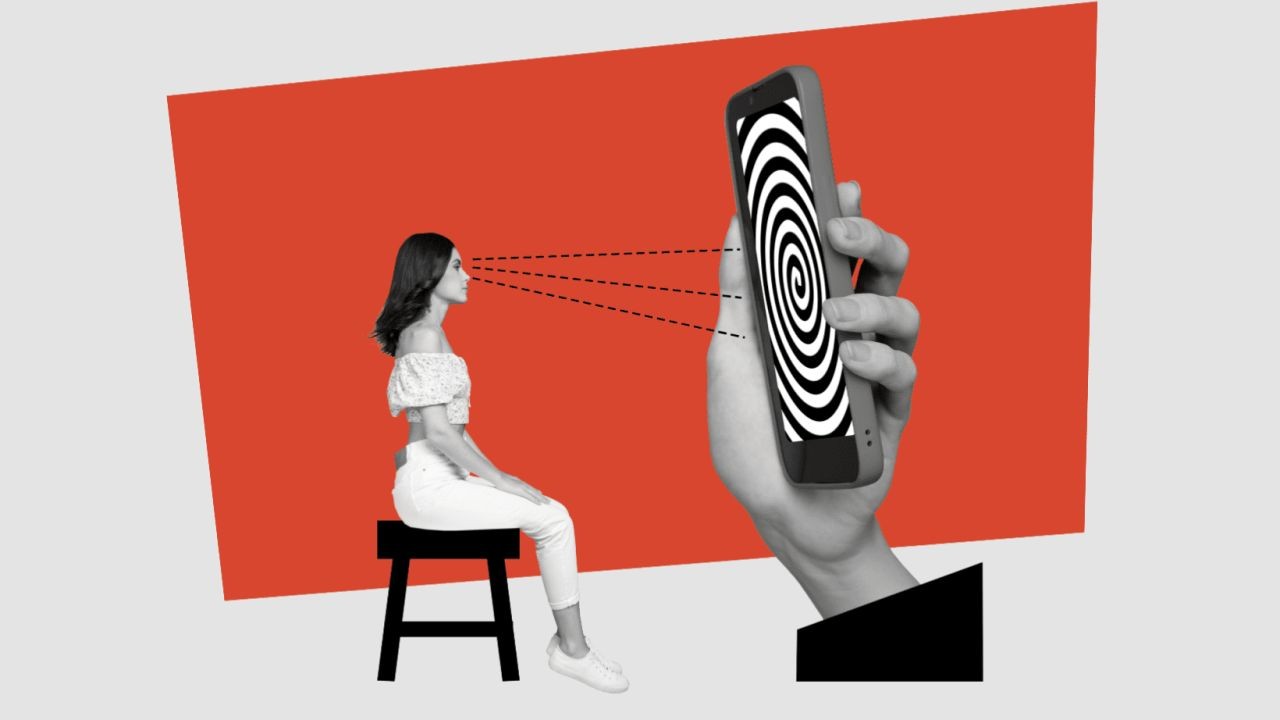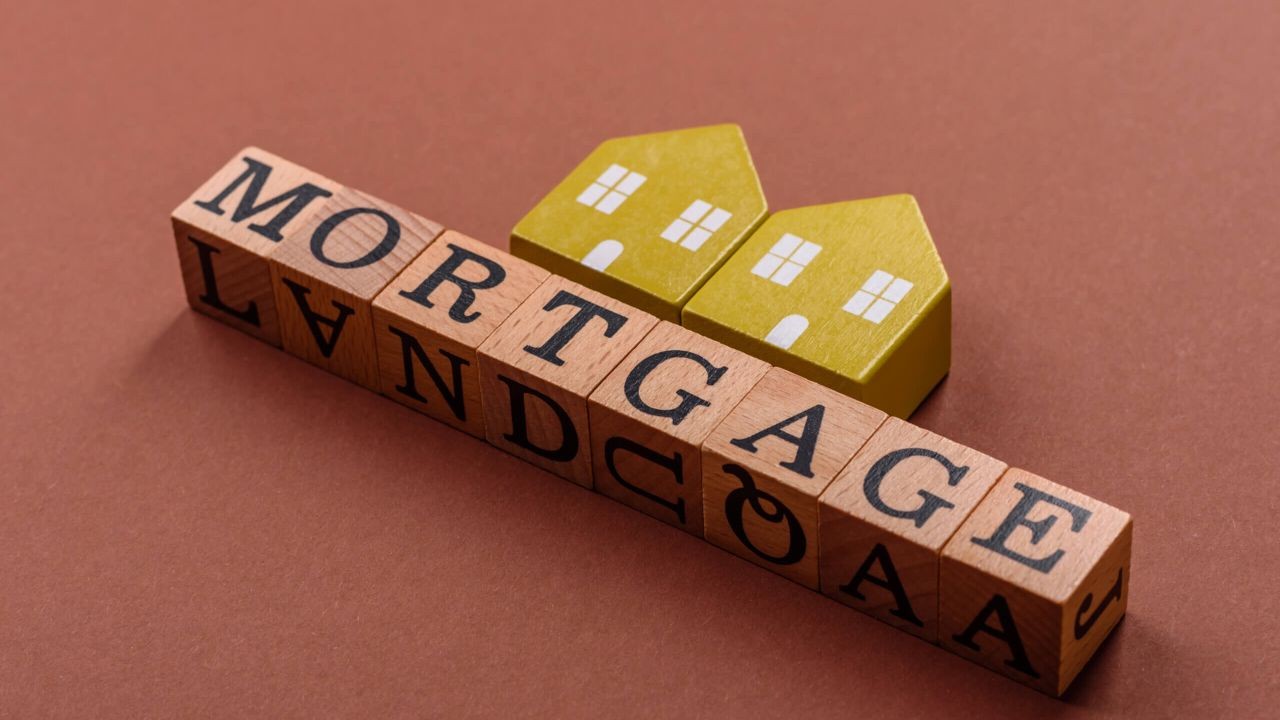Introduction
Imagine a world where New Zealand's public schools are not just competing with private schools but are setting benchmarks globally. In a nation renowned for its commitment to education and innovation, it's both a challenge and an opportunity to bridge the gap between the public and private education sectors. With the government investing over $15 billion annually in education, as reported by the Stats NZ, the question remains: how can public schools leverage this investment to compete effectively with their private counterparts?
The debate surrounding the performance gap between public and private schools in New Zealand is ongoing. While private schools often boast smaller class sizes, advanced facilities, and higher academic performance, public schools serve a more diverse student population and are pivotal in promoting equality. This article delves into the strategies public schools can adopt to enhance their competitiveness, addressing the unique challenges and opportunities within the New Zealand context.
Join us as we explore innovative solutions, backed by real-world case studies and expert insights, that could redefine public education in New Zealand. What strategies can be implemented today to ensure that public schools not only meet but exceed expectations? Share your thoughts and insights below!
Understanding the Current Landscape
New Zealand's education system is globally recognized for its inclusivity and accessibility. However, private schools often outperform public schools in terms of academic results and extracurricular offerings. According to the Ministry of Education, private schools consistently achieve higher NCEA pass rates, with some private institutions reporting pass rates exceeding 90%.
Public schools, meanwhile, are tasked with accommodating a broader range of student needs, often with limited resources. This disparity in performance and resources has sparked discussions on how public schools can be empowered to deliver comparable, if not superior, education experiences.
Pros and Cons of Public vs. Private Schools
Pros of Public Schools:
- Inclusivity and Diversity: Public schools serve students from various socio-economic backgrounds, fostering a rich, multicultural environment.
- Government Funding: Public schools benefit from government funding, which ensures affordability for all families.
- Community Engagement: Public schools often have strong ties to their local communities, encouraging parental involvement.
Cons of Public Schools:
- Resource Limitations: Public schools often face budget constraints, affecting the quality and variety of programs offered.
- Large Class Sizes: Larger class sizes can impede personalized learning and individual attention.
- Variable Quality: The quality of education can vary significantly between different public schools.
Pros of Private Schools:
- Smaller Class Sizes: Private schools typically offer smaller class sizes, facilitating individualized learning.
- Enhanced Facilities: With higher budgets, private schools often provide superior facilities and resources.
- Academic Excellence: Focused academic programs and rigorous standards often lead to higher academic achievements.
Cons of Private Schools:
- High Costs: Tuition fees can be prohibitive, making private education inaccessible to many families.
- Limited Diversity: The student body may not reflect the broader community's diversity.
- Pressure for Results: The emphasis on academic results can lead to a high-pressure environment.
Innovative Strategies for Public School Improvement
To elevate public schools to a competitive level with private institutions, a multifaceted approach is essential. Here are some strategies that can be implemented:
Enhancing Teacher Quality and Support
Investing in teacher training and professional development is crucial. Initiatives like the TeachNZ program focus on continuous professional growth, equipping educators with the skills needed to address diverse learning needs. Moreover, mentorship programs can provide new teachers with the support needed to excel in their roles.
Incorporating Technology in Education
Technology integration can bridge the gap between public and private education. Schools should leverage digital tools and platforms to enhance learning experiences. The NZTech initiative promotes the use of technology in classrooms, providing students with access to modern learning tools.
Fostering Community Partnerships
Public schools can benefit from partnerships with local businesses and organizations. These collaborations can provide additional resources, mentorship opportunities, and real-world learning experiences. Schools like Manurewa High School have successfully partnered with local businesses to offer students industry-based learning experiences.
Data-Driven Case Studies
Case Study: Manurewa High School – Industry-Based Learning
Problem: Manurewa High School faced challenges in providing students with real-world learning experiences due to limited resources.
Action: The school partnered with local businesses to create industry-based learning programs. These partnerships offered students hands-on experience in various industries, enhancing their practical knowledge and skills.
Result: Over 80% of participating students reported improved understanding of industry concepts, and the school's overall academic performance improved by 15%.
Takeaway: Community partnerships can significantly enhance the educational experience by providing practical learning opportunities.
Debunking Common Myths
Myth: Public schools cannot match the academic performance of private schools.
Reality: With strategic investments and innovative teaching methods, public schools can achieve academic excellence. For example, schools implementing technology-assisted learning have seen improvements in student performance.
Myth: Private school education is always superior.
Reality: While private schools may have more resources, public schools offer unique advantages such as diversity and community engagement, which are equally important in shaping well-rounded individuals.
Future Trends and Predictions
The future of education in New Zealand will likely see increased integration of technology and personalized learning experiences. By 2028, it's predicted that over 50% of public schools will adopt AI-driven personalized learning platforms, enhancing student engagement and outcomes.
Moreover, government policies are expected to focus more on equity in education, ensuring that public schools receive the necessary funding and resources to compete with private institutions. This shift will play a critical role in leveling the playing field and promoting educational excellence across all schools.
Conclusion
As New Zealand continues to prioritize educational equity, the path forward for public schools involves embracing innovation, fostering community partnerships, and investing in teacher development. By doing so, public schools can not only compete with but potentially surpass private schools in delivering quality education.
What strategies do you think are essential for the future of public education in New Zealand? Share your thoughts and join the conversation!
People Also Ask (FAQ)
- How can public schools improve student engagement? Public schools can enhance engagement by integrating technology, promoting active learning, and fostering community partnerships.
- What role does government funding play in public education? Government funding is crucial for providing resources, training, and infrastructure necessary for quality education.
- How can technology impact public school education? Technology can personalize learning, provide access to diverse resources, and improve student outcomes through innovative teaching methods.
- What are the benefits of community partnerships for schools? Community partnerships can offer real-world learning experiences, additional resources, and mentorship opportunities for students.
Related Search Queries
- New Zealand public vs private schools
- Improving public education in NZ
- Technology in New Zealand schools
- Educational equity in NZ
- Community partnerships in education






























